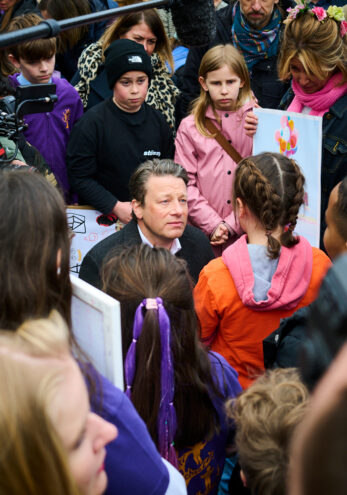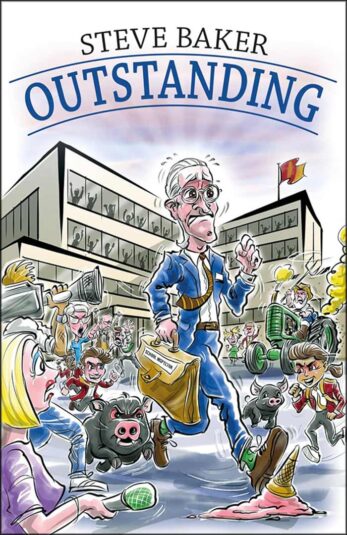Publisher
Penhaligon Press
ISBN 10
9781914076343
Published
19 Jan 2023
Having dabbled in a few spells of supply teaching myself and having never read The Secret Supply Teacher’s column, I was pleased of the opportunity to read and review this book. The appeal is at least in part due to my awareness that its anonymous author and I sit on different sides of the ‘edu-fence’; I am traditional leaning, whereas SST is definitely more progressive.
The book is a compact 251 pages, divided into two sections. Part 1, the bulk of the text, contains the author’s introduction which narrates his reasons for becoming a roving supply teacher, his published columns for the educational press, and others that have not been previously published. The latter will be a draw to those who are familiar with his material and on the look-out for more.
The second part of the book, a ‘reimagining’ of the English education system, is based on the SST’s longevity, scope of experience, and their optimistic imagination. Here, they focus their attention on our system’s constituent parts: leadership, policies, systems and school rules, buildings, teachers, and students.
A word of warning to the easily offended: SST’s columns are prone to the use of expletives. If the thought of teachers swearing offends you, this book is not for you. Step away! For my part, I particularly enjoyed their writing style, which is succinct, pithy, and informative. What’s more, there is plenty of verifiable data to support what they observe and experience throughout these witty and well narrated experiences of day-to-day supply.
The secondary research is often referenced in footnotes, although an old-school list of references at the back would have benefited those of us with ageing eye-sight. Even with my varifocals on, I peered at the footnotes like Mrs Overall from Acorn Antiques, unable to decipher all of them. Nevertheless, many are used for commentary on the body text and had a Pratchett-like quality to them, provoking a wry smile from me.
The columns cover much to interest teachers of all ages and levels of experience
The columns cover much to interest teachers of all ages and levels of experience: SST’s foray into primary schools as a secondary teacher (the horror!); a column about the real reasons why children ask to go to the toilet during a lesson (which set edu-Twitter ablaze for a good while); and a period of time which is indelibly inked into all our memories – Covid lockdowns and the miseries of remote teaching.
I was less enamoured with the second part of the book, but to be fair to the author, this is mainly due to our differing views of teaching and education. This section largely fulfils its aim, which is to imagine a ‘perfect world’ of education, at least from our author’s point of view.
It is here that most readers will have their most vehement agreements and disagreements with the content. For example, in the ‘Reimagining School Systems and School Rules’ section, the author states that, “in my twenty years of teaching I have never once enforced a uniform rule of any kind”. SST then goes on to propose scrapping uniform rules alongside detentions. Their reasoning is not entirely ludicrous, but it confirms that much of this section is idealism rather than pragmatism.
Many who work in education will get something from this book. ITT trainees and NQTs will benefit from the narration of SST’s experience in a range of schools, not least because it will give them perspective on where they are currently training or working. More experienced teachers will enjoy the familiarity of numerous anecdotes. Most of all, anyone responsible for finding and employing supply teachers really ought to read this to know how to treat – and not treat – a supply teacher in your school.
Overall then,this was an enjoyable and informative read. I did not agree with all that I read, but I appreciated the difference in edu-opinions. It provoked me to re-consider some of my own experiences and beliefs, which can only be a good thing, and it’s good to have the voice of a supply teacher out there – albeit an anonymous one.













Your thoughts